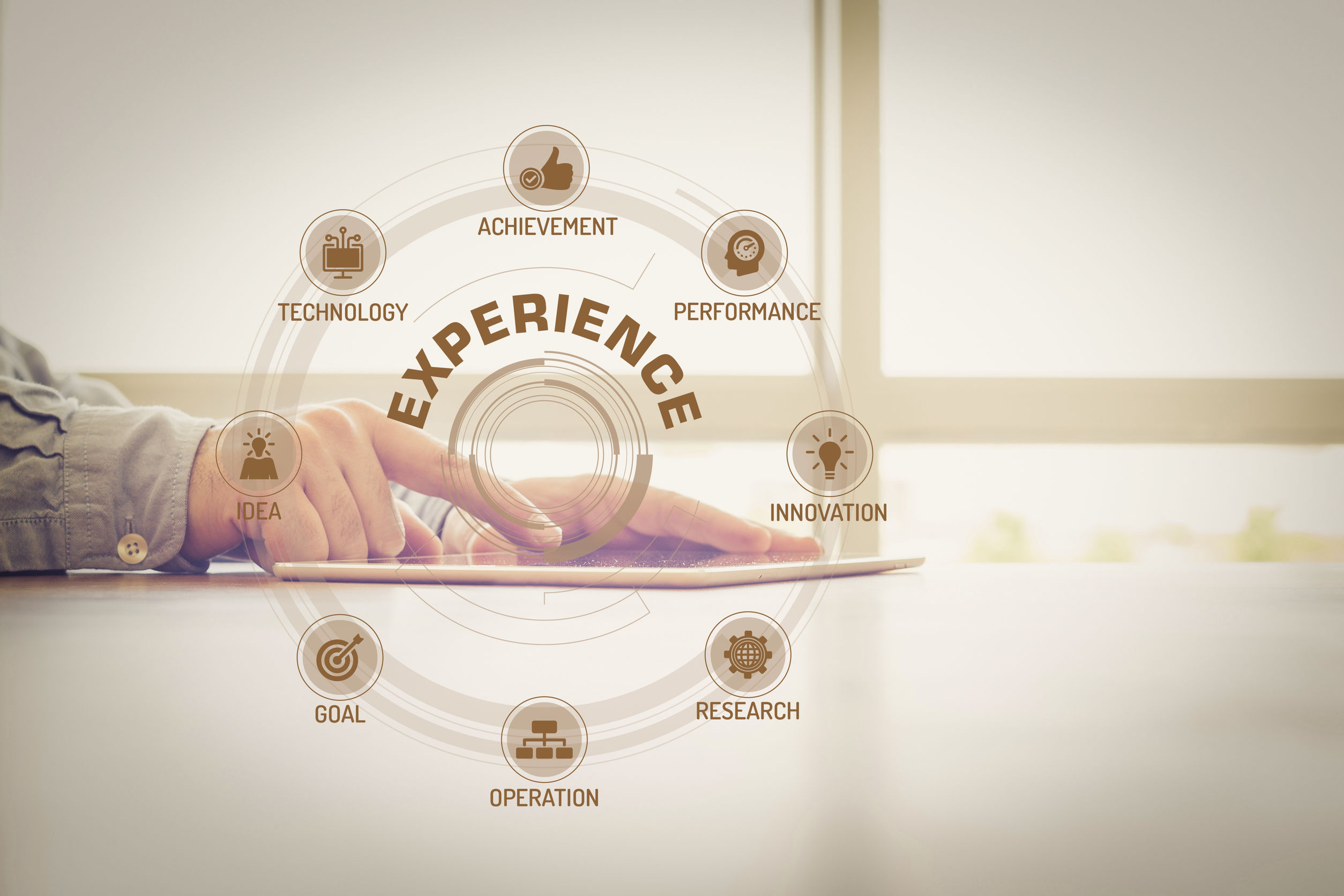Time for HR to create a new workforce experience
- HRM Asia Newsroom

In the LeapPulse survey for the week of May 25, we explored a topic front and centre on HR leaders’ minds in what Leapgen calls the “Now of Work” that has been created by the COVID-19 pandemic.
Here, we share results from 155 responses collected May 26-28, 2020, along with corresponding insights and actions that HR leaders should be thinking about.
Finding 1: There is still much unknown about what a physical “return to work” might look like. 43% of the respondents say they believe they will be part of a “remote first” workforce, 41% are still working on what the future looks like, and only 16% say “remote first” is out of the question.
Finding 2: Organisations seem to be collaborating with their workforce when making decisions, with 45% of respondents saying they have surveyed their workforce as to their preference on remote or distributed work.
Finding 3: Only 3% of respondents during the week of May 26 say they prefer a strictly “in the office” environment, which is the strongest statement ever made. 49% prefer a “work from anywhere” (WFA) model, whereas 48% prefer a blend.
Finding 4: A shocking 80% of respondents claim they have been more productive in their distributed work environment during the last 10 weeks.
Finding 5: Approximately 70% of respondents say their HR organisation is operationally organised to support a distributed work environment if that is the direction their organisation goes.
Here are a few key action items to take away from these findings:
Action: HR leaders must involve themselves immediately in creating a workforce experience that works for today’s new model of work. There is no more separation between a physical experience of work and a digital experience of work; we have one experience, and the only difference will be from where we experience it.
Action: We have much work to do from a change management perspective to help the workforce of today understand the new model of work within organisations. We also need to ensure managers and leaders have the tools and skills needed to manage a distributed workforce.
Our job going forward is not only looking at the HR organisation and its level of readiness, but truly looking at the entire workforce and understanding its readiness for the new Now of Work.
Action: We need a new way to understand the performance and productivity of our workforces. With more than 80% saying they are more productive in a distributed work environment, we need to truly look at how jobs are structured and how work overall is structured.
We also need to understand the benefits and downstream effects of improved productivity, increased independence and limited face-to-face leadership, which is the primary style managers and leaders know today.
Some of these results are to be expected; in some cases, though, results are not only surprising but reinforce how much our focus as HR professionals needs to completely and permanently shift toward the Now of Work as we move through the remaining weeks and months of 2020.







